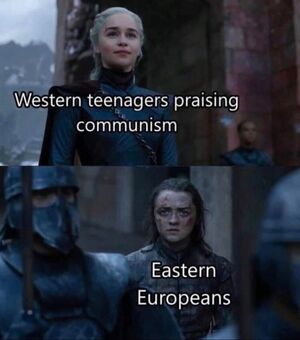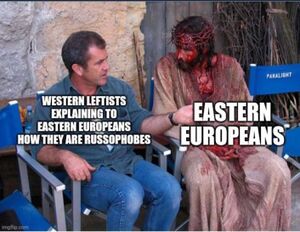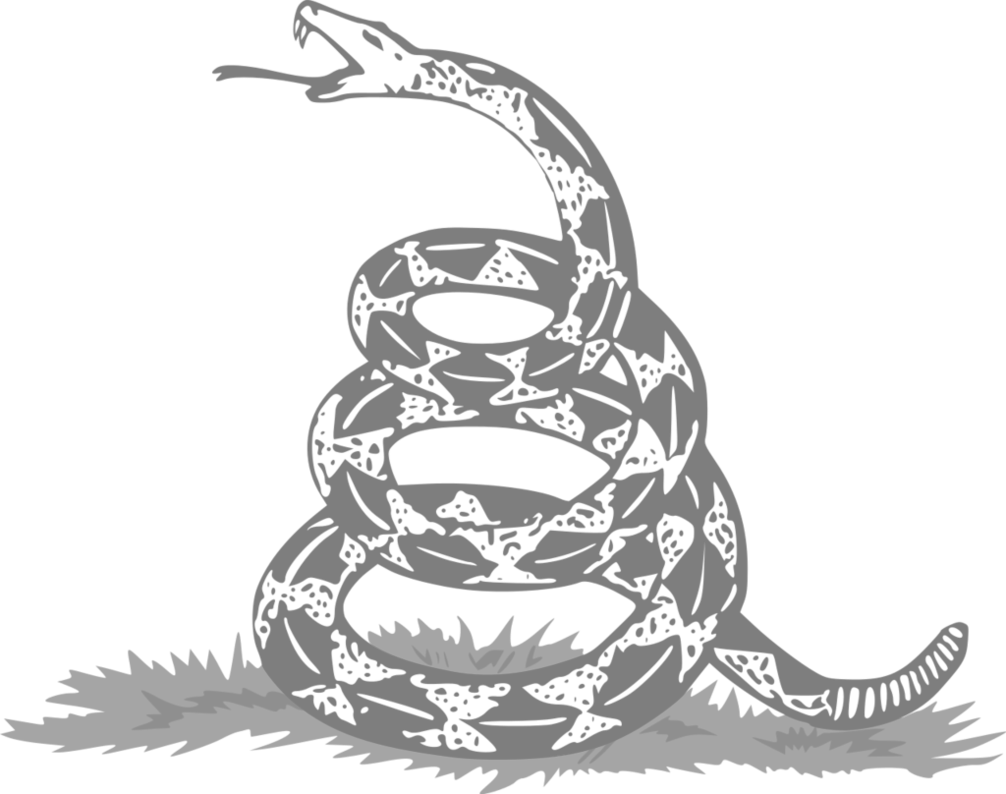Westsplaining
Westsplaining or Westplaining
- Habermas describes the Cold War as a time of „peace“. This is an example of what non-European thinkers might call „Eurocentricism“, or what east European leftists call „westsplaining.“ [2]
“ This leads us to the second point: NATO did not expand into “Eastern Europe.” Czechia, Poland, and Hungary in 1999 and the Baltic countries among others in 2004 actively sought membership in the alliance. This is not just semantics. For the historical reasons mentioned above, the West has been a desired political direction associated with prosperity, democracy, and freedom—despite the limitations of Western liberal capitalist democracies and the implementation of that model in Eastern Europe. Being at the receiving end of Russian imperialism, many Eastern Europeans looked forward to membership in NATO as a means of securing their sovereignty. NATO, in other words, would not have “expanded” into Eastern Europe if the Eastern European nations had not wanted it and actively pursued it.
As 2020 Pew Research Center data show, Eastern European members generally see NATO favorably. Fifty-three percent of Czechs have a positive opinion about NATO, as do 77 percent of Lithuanians. NATO’s most enthusiastic supporters are Poles, with 88 percent supporting the alliance. Fifty-three percent of Ukrainians view NATO favorably, compared to 23 who view it negatively. …
In the westsplaining framework, the concerns of Russia are recognized but those of Eastern Europe are not. This, again, mirrors the Russian line that “Ukraine’s current regime lacks any sovereignty,” which of course also operates within a framework inherited from the bipolar world of the Cold War. Eastern Europe is something that can be explained but isn’t worth engaging with.
- — Jan Smoleński and Jan Dutkiewicz, “The American Pundits Who Can’t Resist ‘Westsplaining ’Ukraine”, March 4, 2022






